I receive commissions for purchases made through highlighted links in this post.
First we need to define what a sewing tool is:
Sewing tools are the sewing notions you use when sewing.
You use these tools to prepare your fabric for the sewing machine or to hand sew.
This includes:
1. Scissors
(Scissors which should only be used for fabric) Scissors will become dull if you use them on paper. If you are cutting leather, have a separate leather pair of scissors. Additionally, there are Pinking Shears that are made to keep fabric from fraying when it is cut.
The scissors are used to cut the fabric with your pattern pinned on with the pins.
2. Pin cushion
You use the pin cushion to place the pins in as you take them out of the piece of fabric as you start sewing the pattern piece.
3. Pins
The pins are used to pin the sewing pattern on the material before you cut the piece out. And also to pin the two pieces you will sew together so you can match the correct sides together.
Pin the pattern on every inch or two around the entire piece.
4. Measuring tape
The measuring tape is used to measure your fabric before you lay out the patterns so that you make the most use of the fabric you have and do not run out of fabric.
You can also use the tape measure to measure parts of your body to make sure the outfit will fit correctly such as arm length, bust, waist, inseam, neck size, etc.
5. Seam gauge
The seam gauge is a metal ruler with a sliding piece in the center that allows you to slide it the length of your seam, such as 3/4” so that you know right where to sew to make all seams match.
This seam gauge additionally helps when you want to measure the amount of material you want to hem at the bottom of a pair of slacks or a dress hem.
6. Thimble
You place the thimble on the middle finger of the hand you use to sew. Usually the right hand because I do not think there are left handed sewing machines. As you sew with the sewing machine you remove the pins that should be facing out towards the edge of the material with your right hand and place them in the pin cushion. The thimble helps you as you press the pins into the fabric to keep from making your finger sore.
7. Needle
The needle is different from a pin in that it has a hole in the top of it called the eye of the needle. The hole is to place string through so that you can sew with the needle.
8. Needle threader
A needle threader is an invention to assist threading the needle with thread. You place the needle threader through the eye of the needle and turn it so that it makes a big hole for you to place the end of the thread through. After you place the thread in the large hole you turn the needle threader so that it will fit back through the eye of the needle. When you pull the needle threader out, the thread comes with it and your needle is now threaded.
9. Thread
The last item is thread, which holds the entire project together. Your thread comes on a spool and you usually pick either a matching color of thread or contrasting color of thread for your garment, depending on whether you want the thread to show or not.
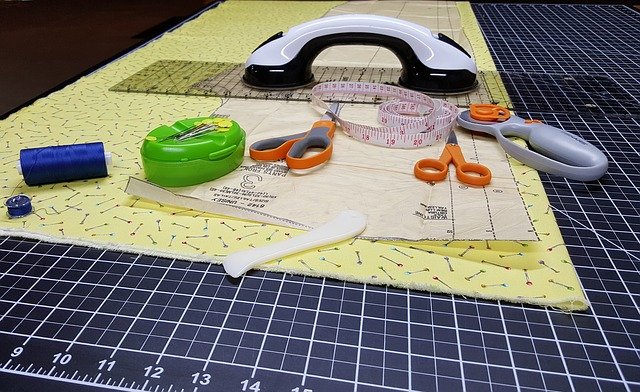
Now that we have defined what sewing tools are we can contrast it with sewing equipment.
Sewing equipment is the Sewing Machine or the buttonholer. The sewing equipment is a larger purchase for your projects and usually requires a little more thought than just buying your sewing tools.
Sewing equipment can be as complex as an Embroidery Sewing Machine, a Serger Machine, a Leather Sewing Machine, a Quilting Sewing Machine. Or as basic as just a straight stitch with a zig zag sewing machine like the Singer 4423.
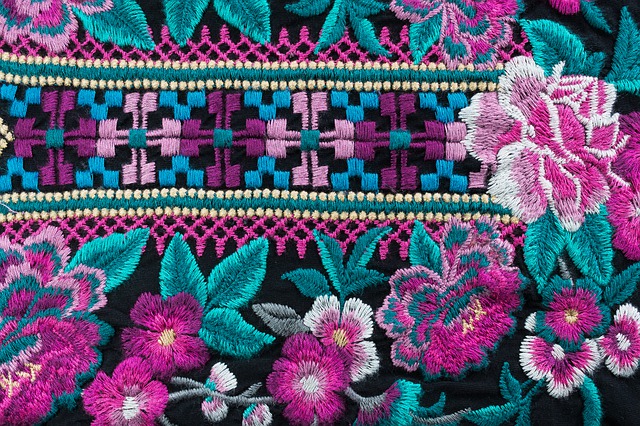
With the basic machine you need a buttonholer and this attachment may need to be on other models as well if you do not have a button hole attachment with your other machines.
What are the basic purposes of sewing equipment?
The basic purpose of sewing equipment is to secure the thread to the material in a way that the threads will not easily come loose. Each sewing machine secures the thread to the garment so that when the outfit is worn, the threads will not pull apart.
This can be authenticated in the five different sewing equipments that are available to use:
1. The basic sewing equipment
The Singer 4423 secures the thread with a basic straight stitch or zig zag stitch. It will tie the thread with each stitch with the bobbin thread and, therefore, make it hard for a seam to come apart.
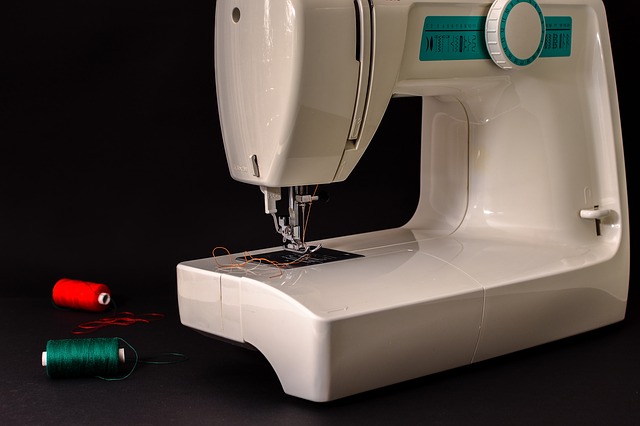
2. The Embroidery Sewing Machine
The Embroidery Sewing Machine makes beautiful colorful patterns on the material and each thread is secured by the bobbin to the material, making it hard for the stitches to come apart and ruin the pattern.
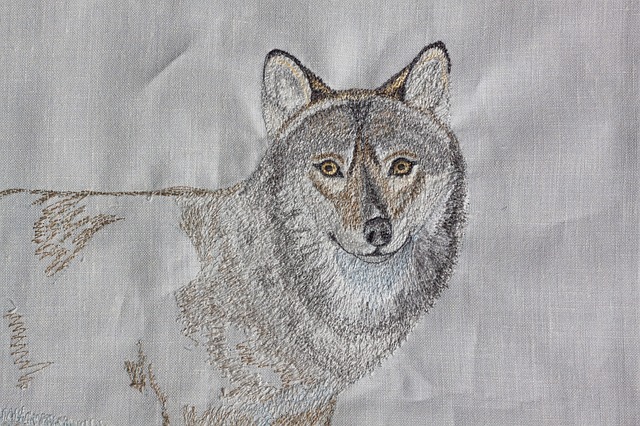
3. The Serger Sewing Machine
The Serger Sewing Machine is a heavy duty sewing machine. It is used for sewing canvas and jean materials that are very hard to stitch through. Again with the bobbin stitch and the proper heavy duty thread the stitches will not easily pull out and unravel.
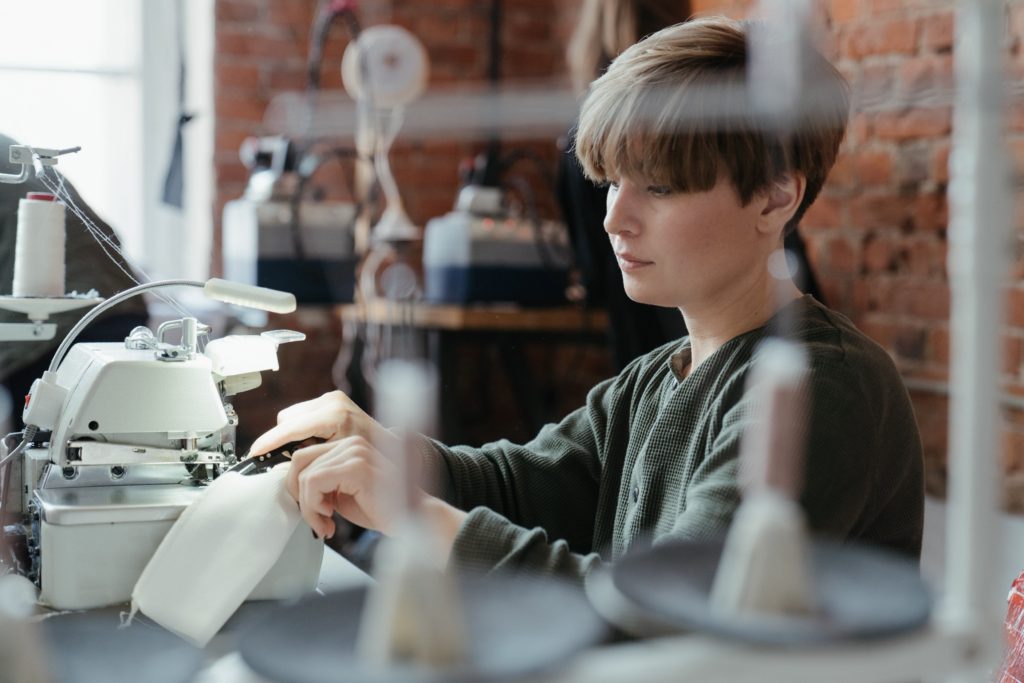
4. The Leather Sewing Machine
The Leather Sewing Machine is also a heavy duty machine in that it has to sew through leather. With the bobbin and heavy duty thread, often leather thread, it secures the garment together.
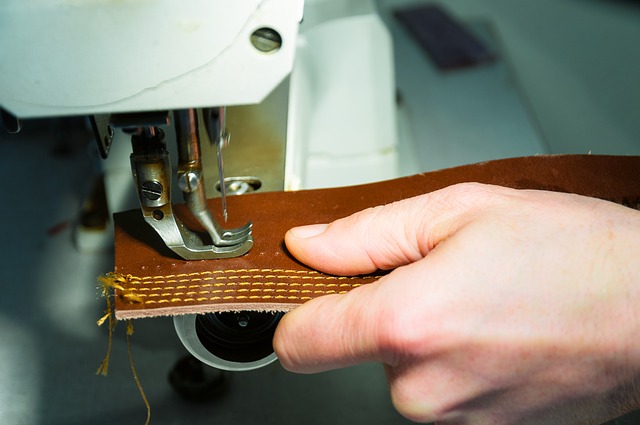
5. The Quilting Sewing Machine
The Quilting Sewing Machines is used to sew pieces of material together and then make a lovely pattern of stitches in the material and thus quilting it. The bobbin holds the thread in securely so the quilt will not come apart.
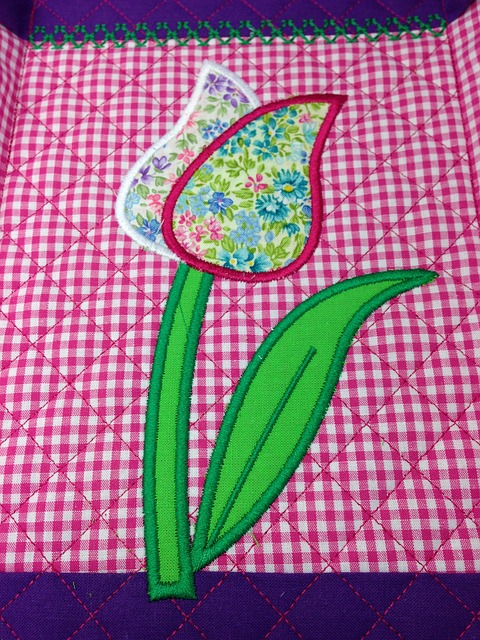
Each Sewing Machine assists in securing the thread to the fabric and making it very hard to tear a seam open. One other piece of equipment is the buttonholer; which, if you look at your shirt, you will see there is a rectangular stitch of many threads over and over again to build up the material so that you can cut a slit in the button hole that allows for your button to come through. These stitches are so many that you rarely have a button hole rip and become too big for the button.
In conclusion the ultimate purpose of sewing equipment is to accommodate you achieving your goals of making amazing articles of clothing or crafts that will last a very long time.
